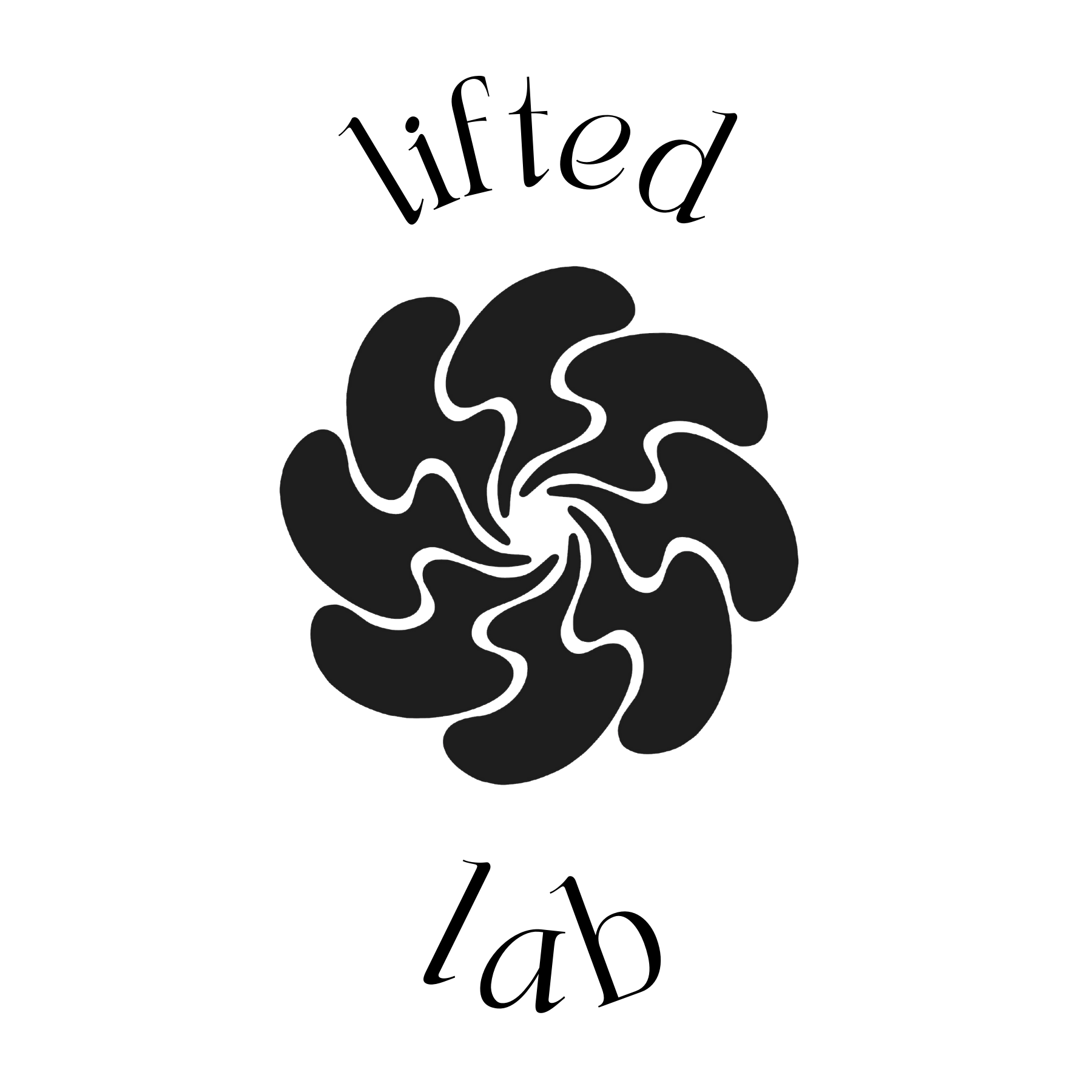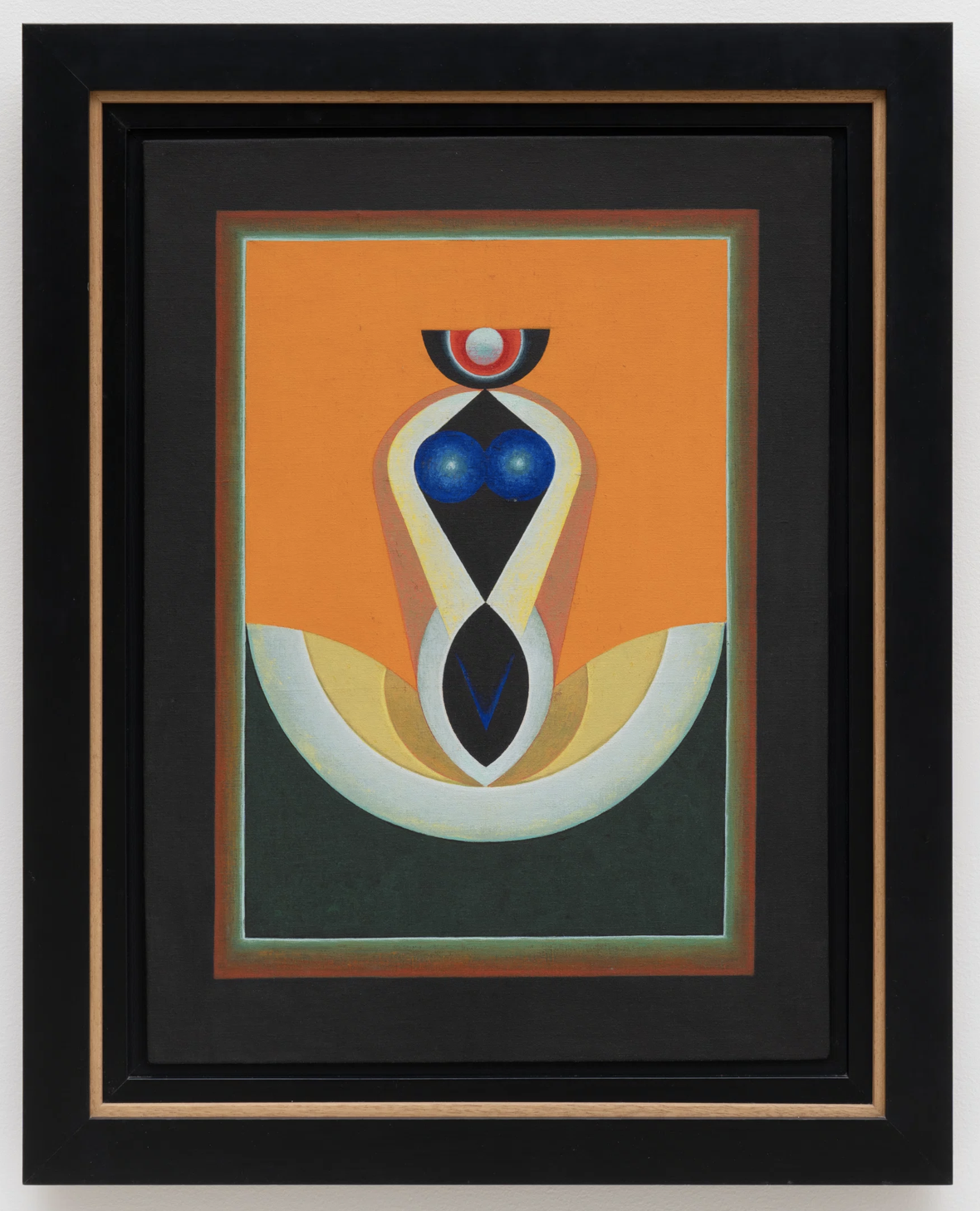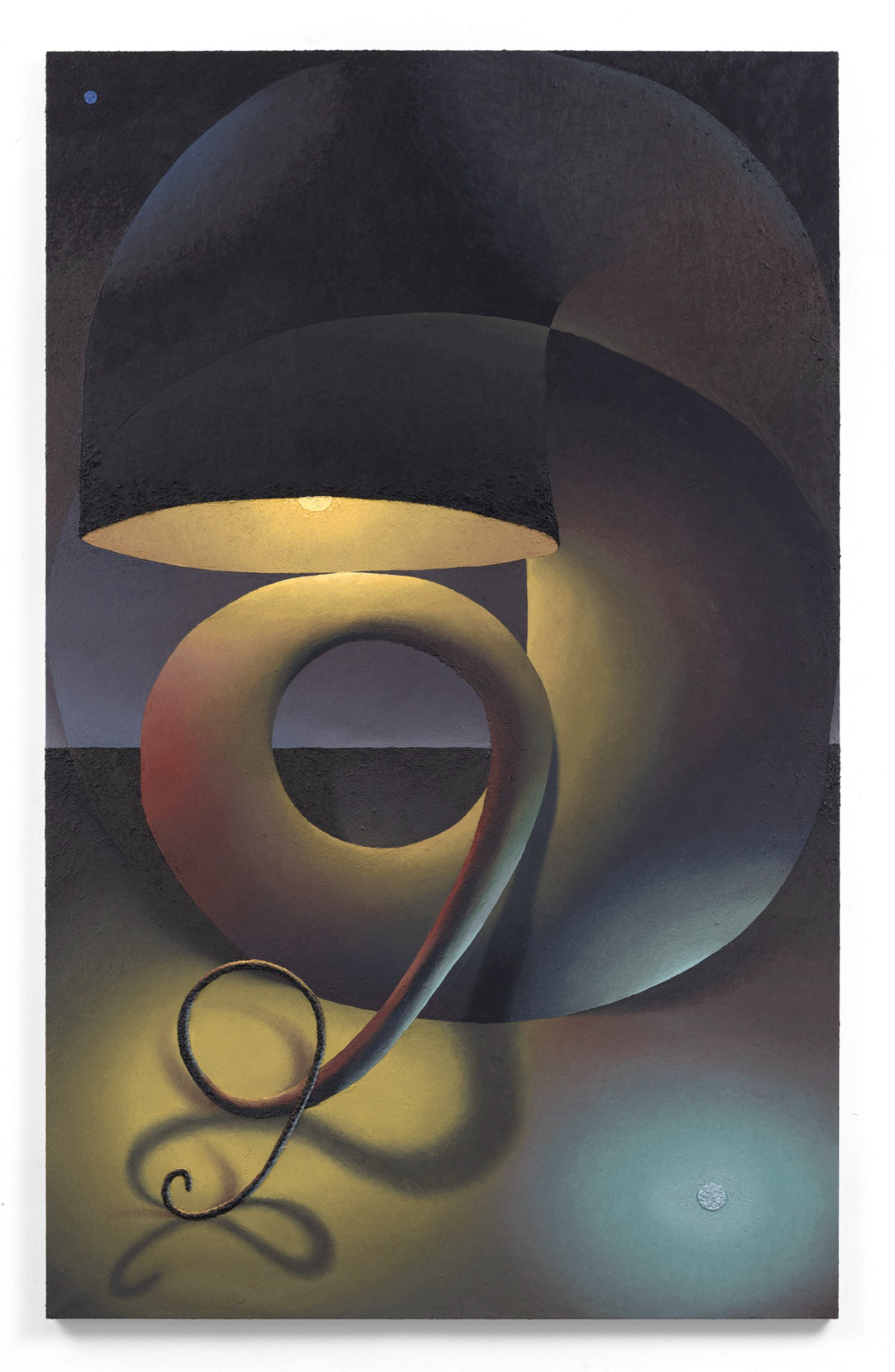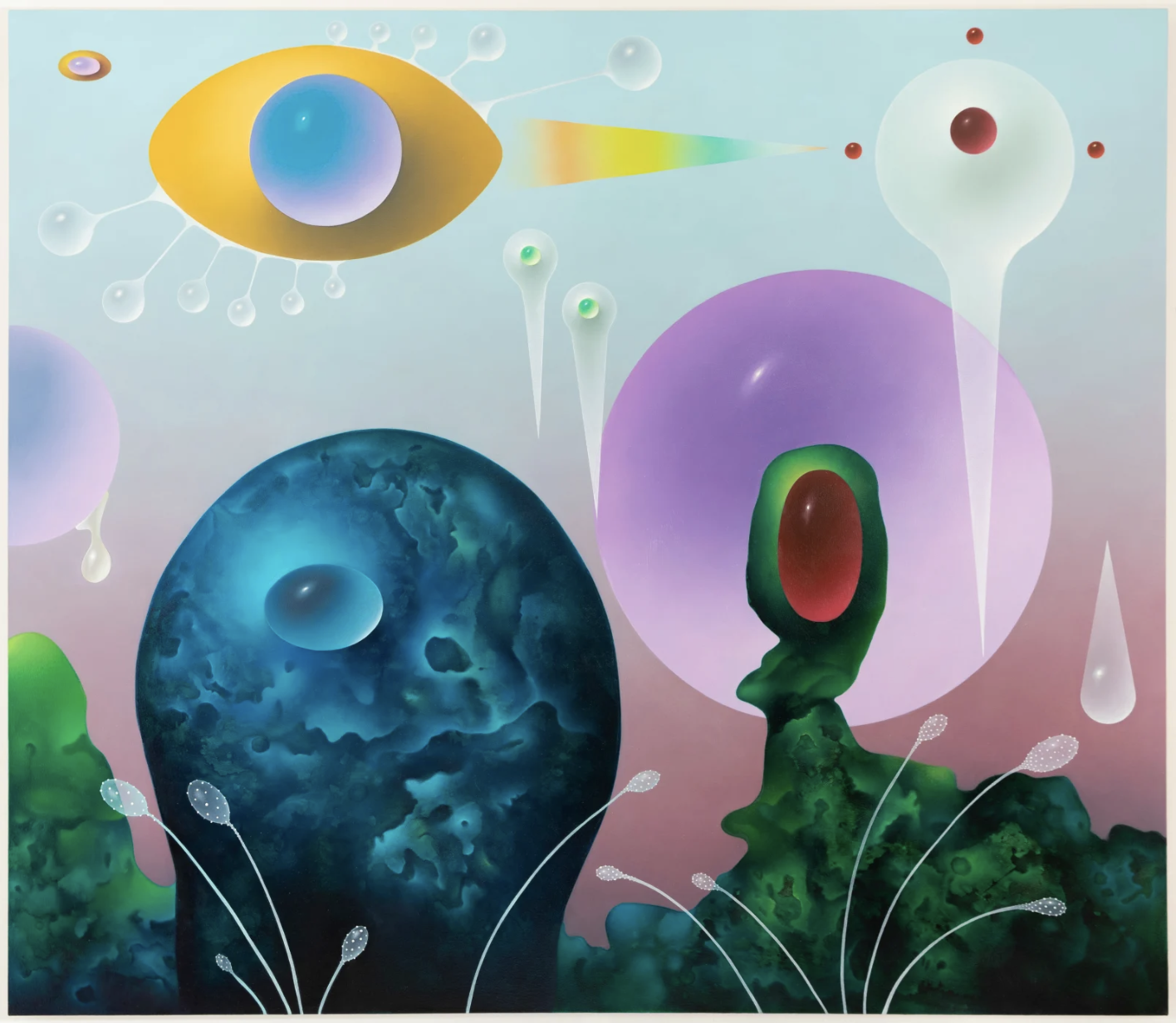Sky Glabush "The Arrangement of Stars"


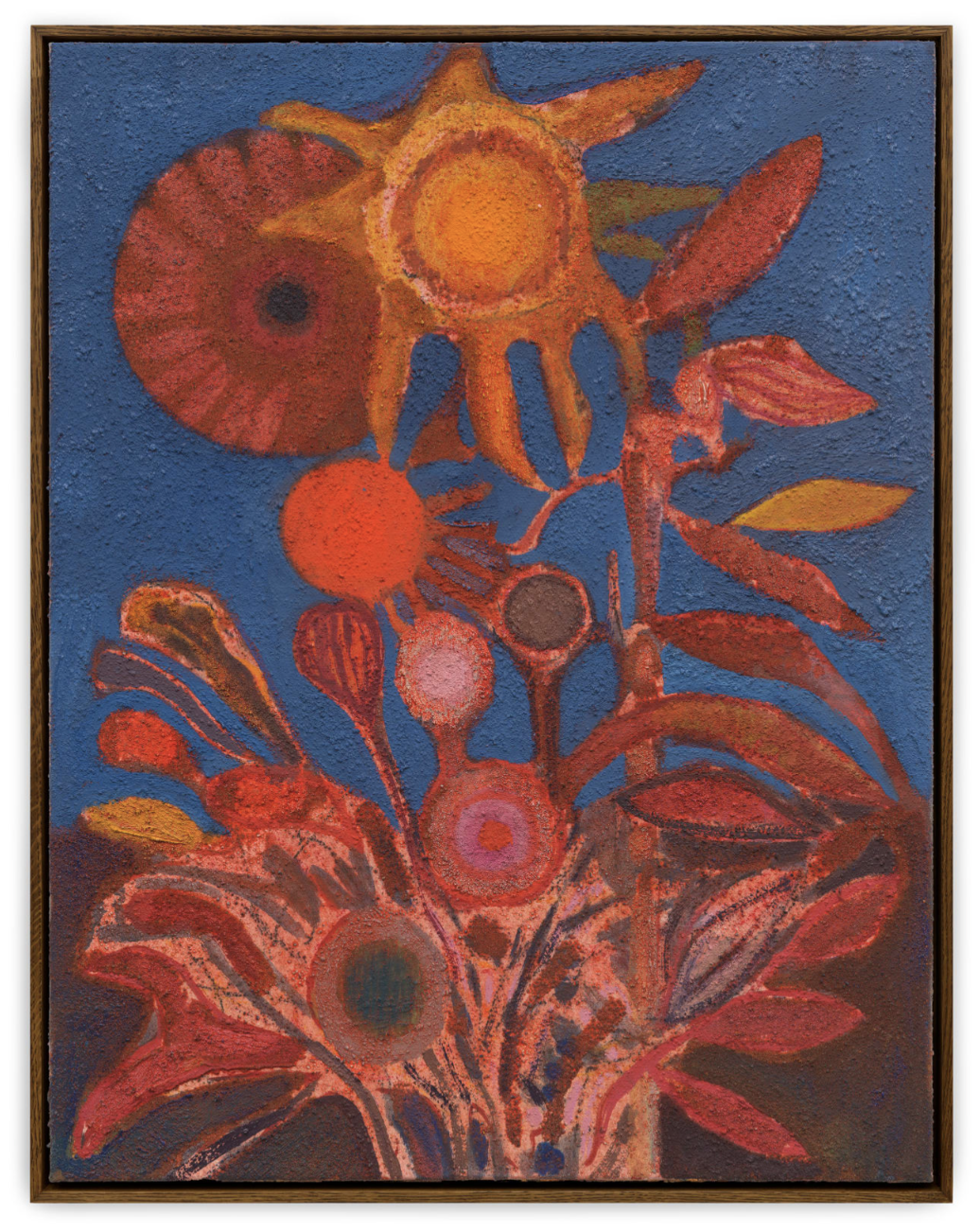
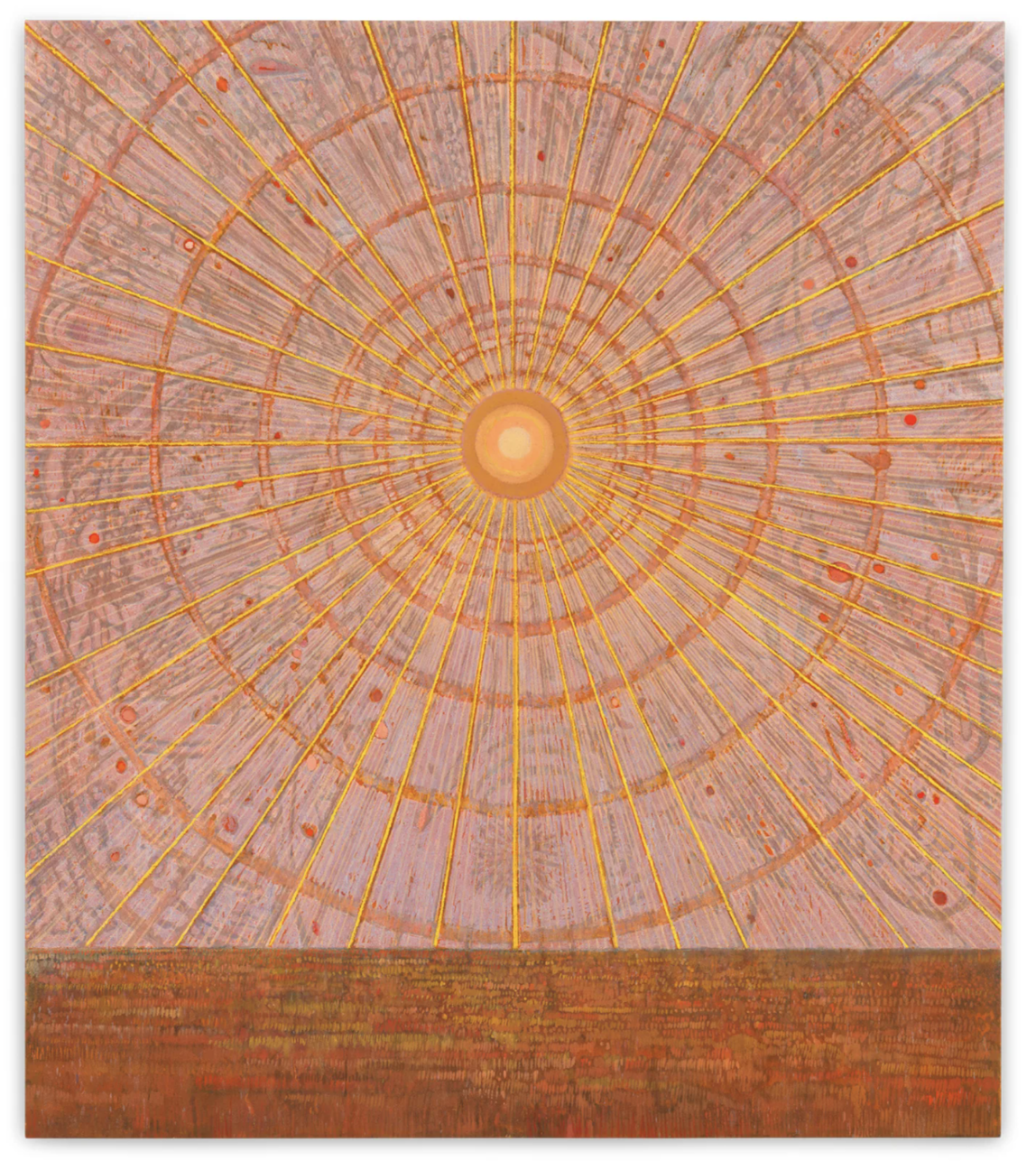
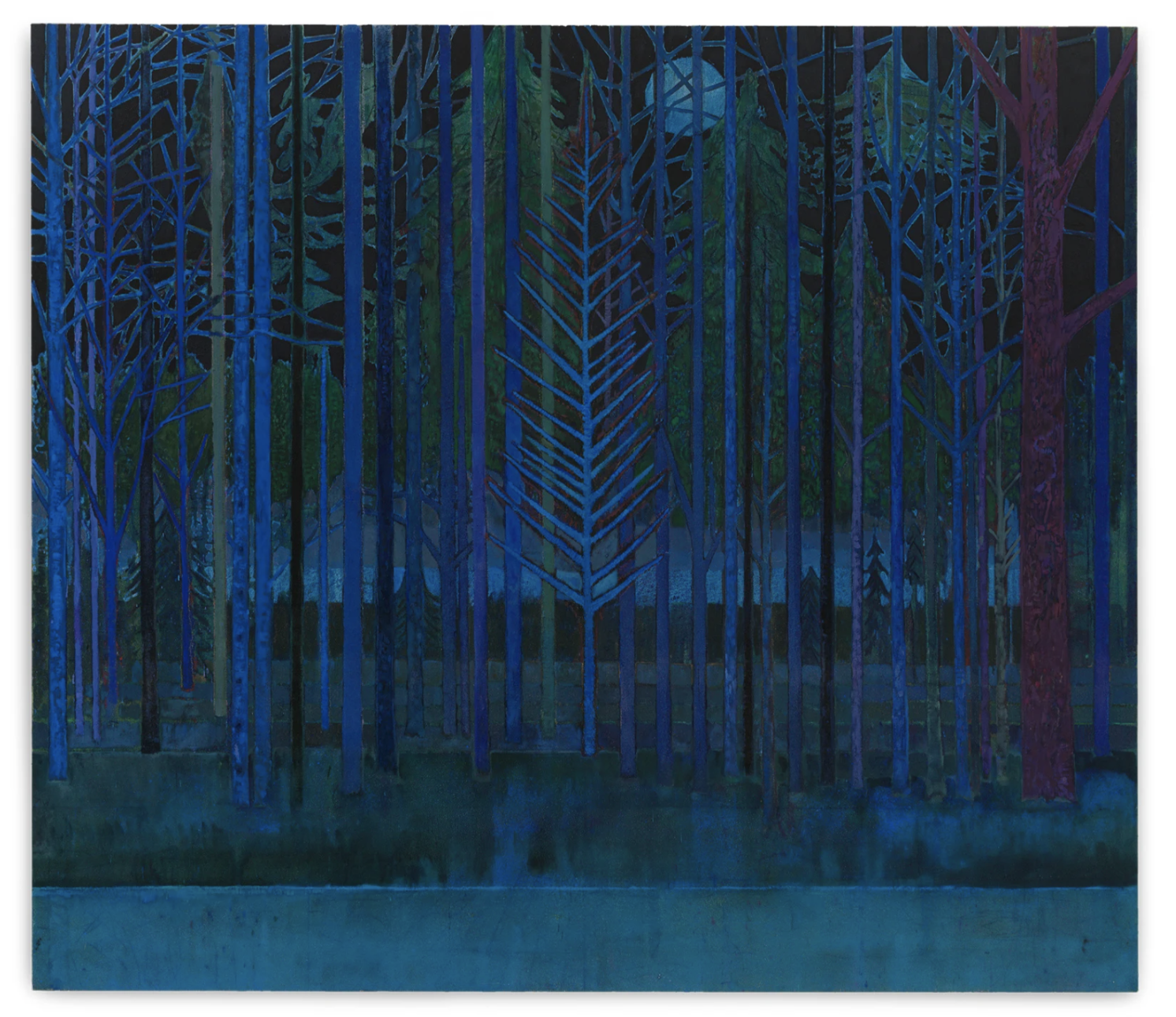
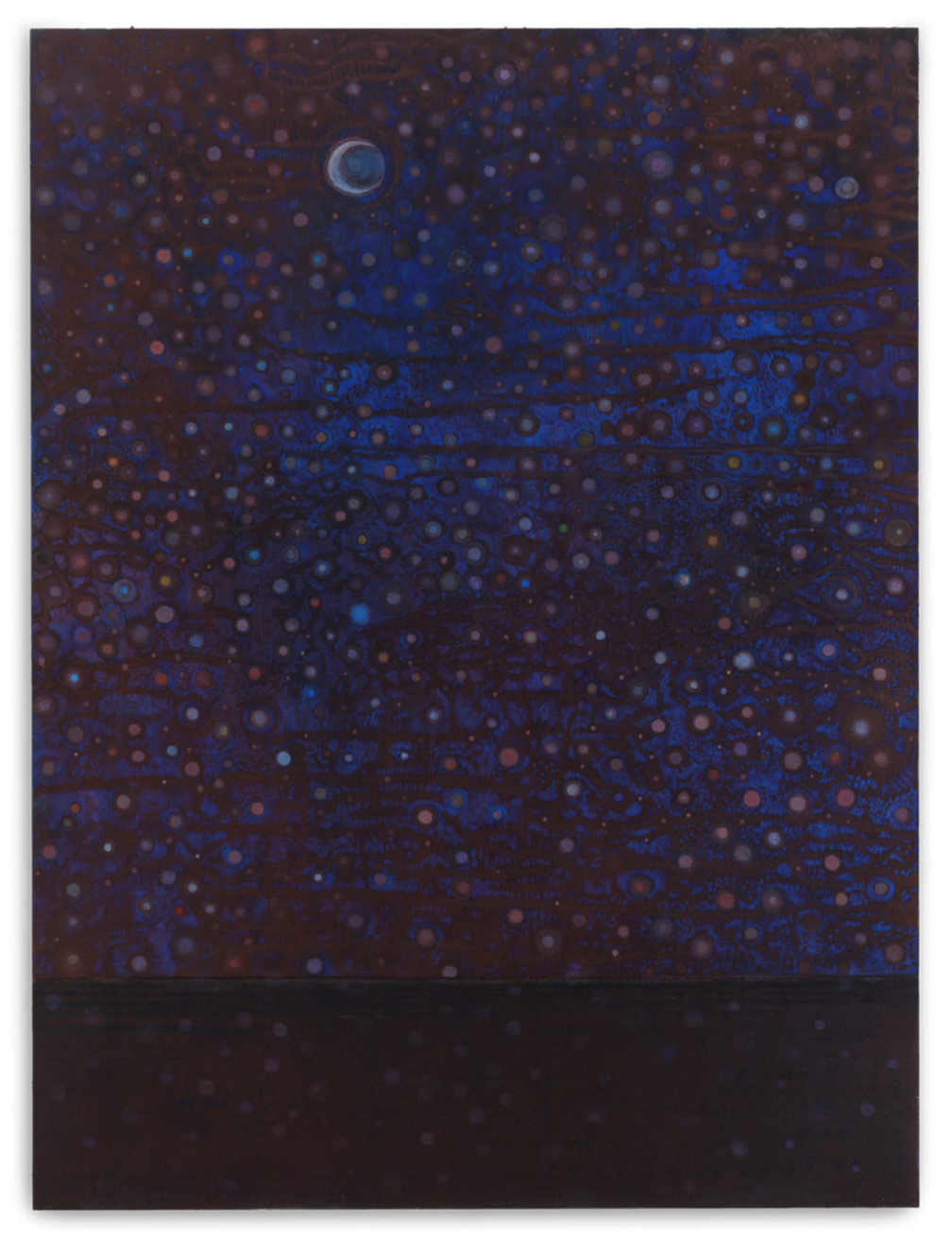
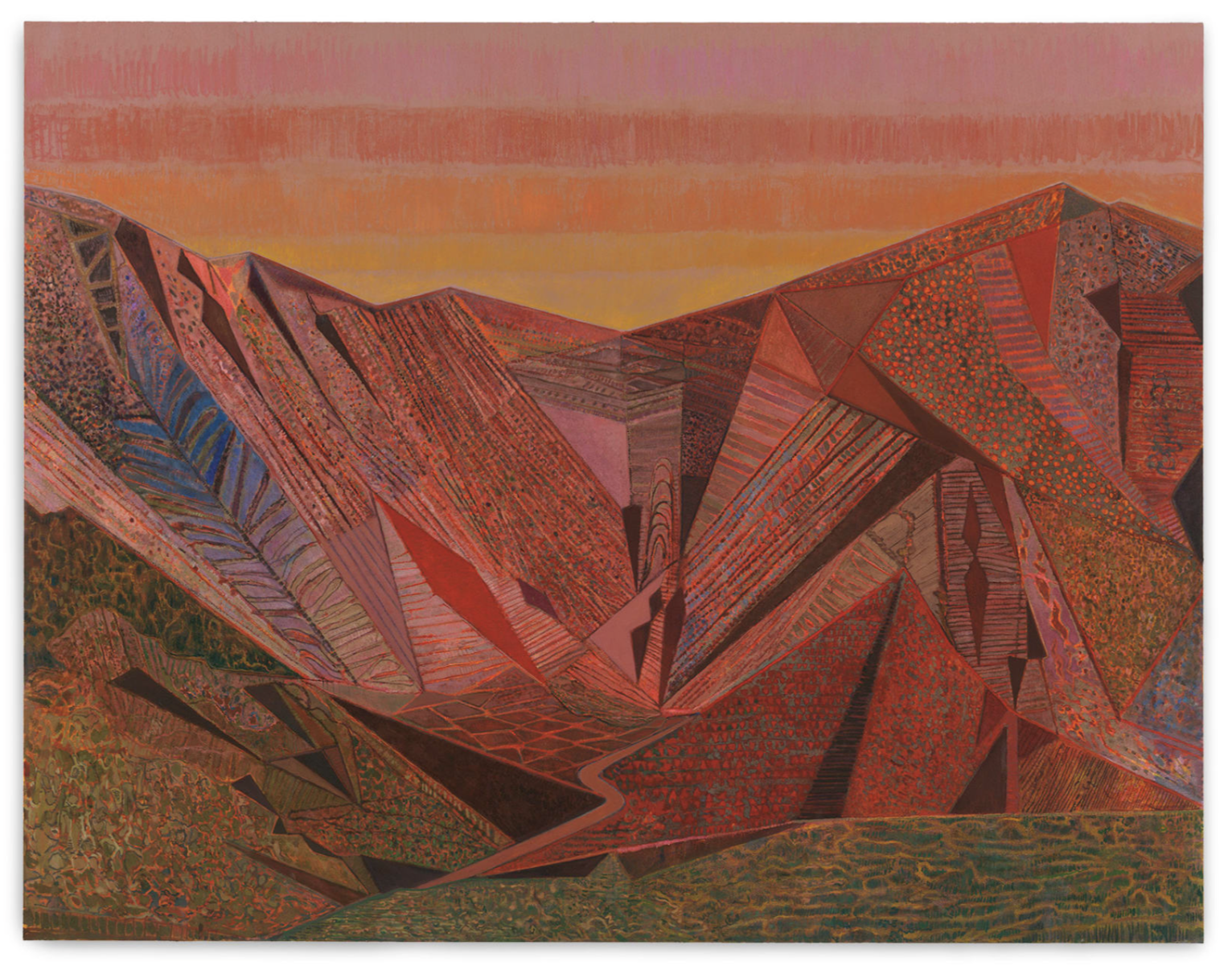
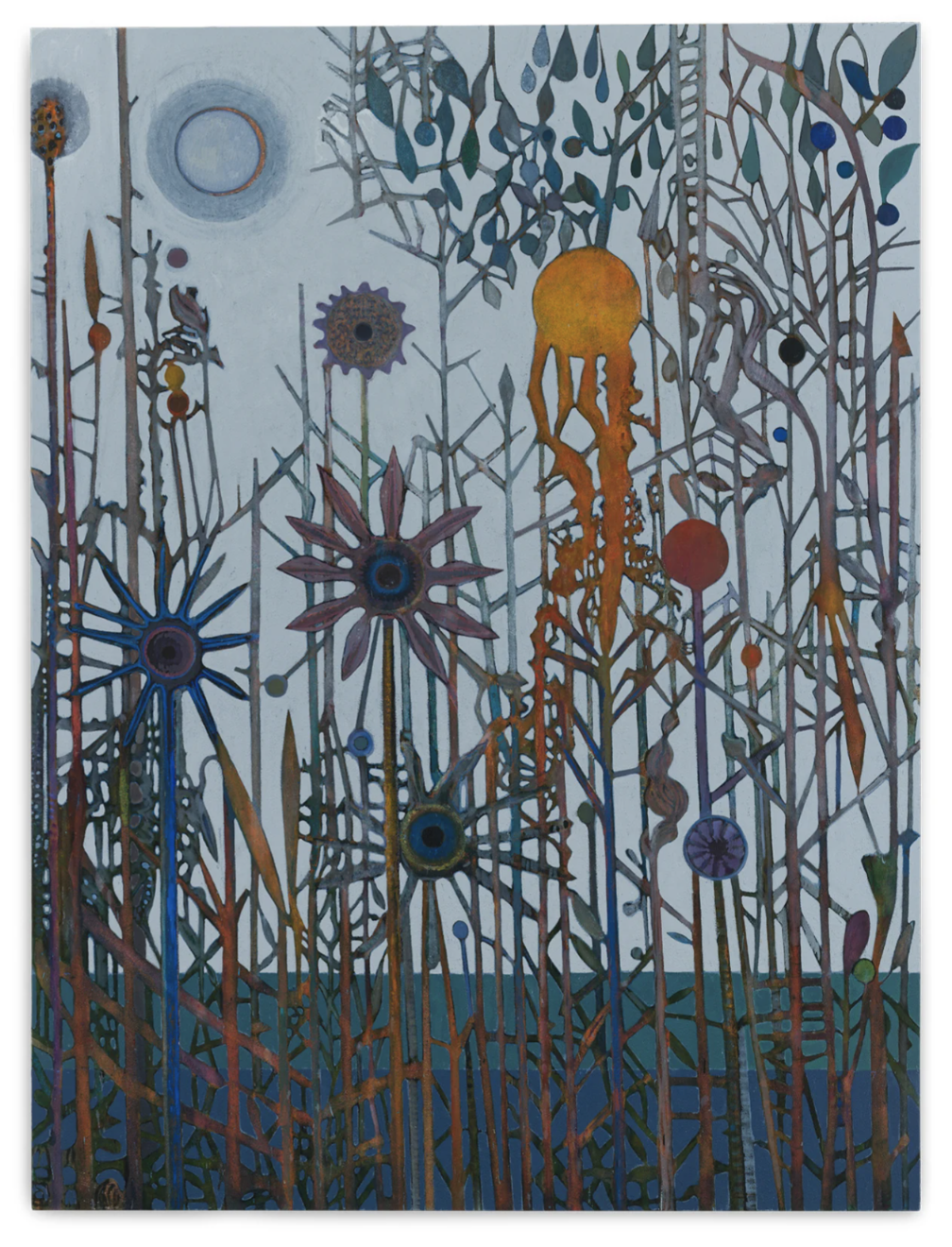

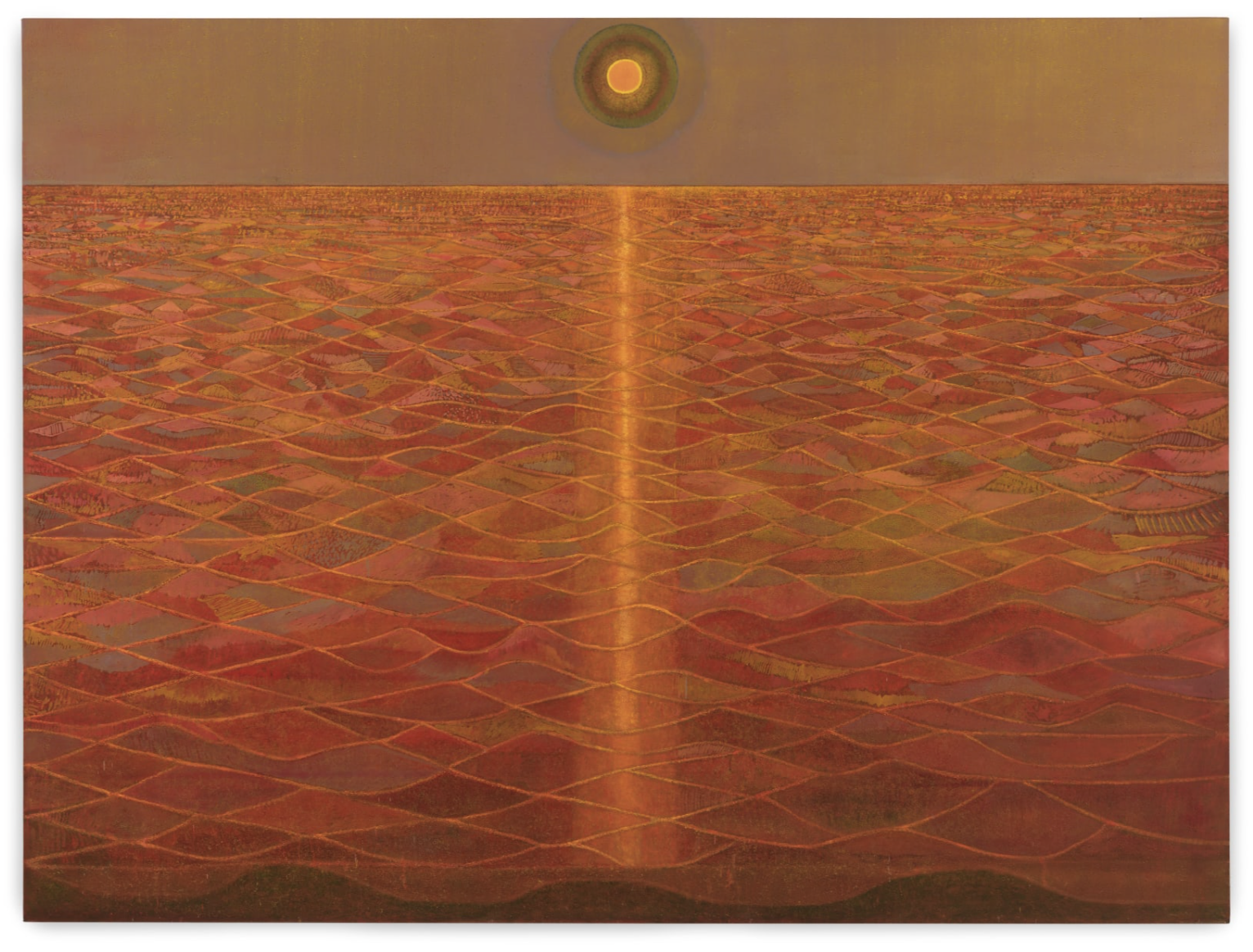

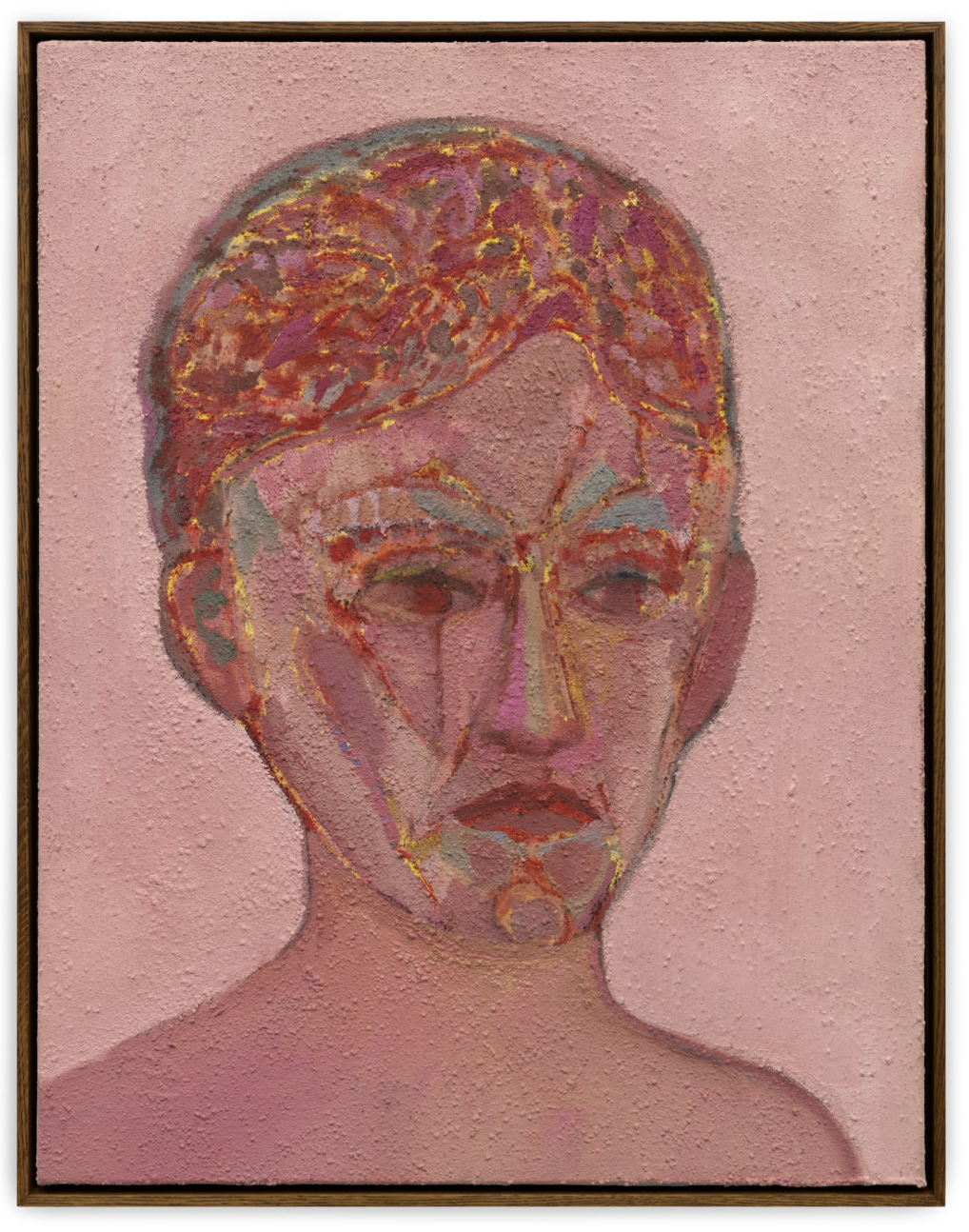

Glabush’s practice subverts traditional painterly archetypes and presents landscape, still life and portraiture through an historic lens. Primarily figurative and often underpinned by abstraction, these large-scale, surreal paintings provide narratives as they shift in and out of focus.
The artist uses a rigorous drawing practice and his paintings exist as a meeting point for different ideas and approaches. “The architecture of the drawing is embedded in the materials,” Glabush says, “All the paintings have gone through this process of getting the structure up through the drawing, breaking it down and rebuilding it through colour.” The artist often mixes sand into paint to build texture and to erase but not conceal the labour in his work. This rich surface is a magnet on which bold pigments vibrate and infuse the artist’s works with a humming energy.
Curator and art critic Sarah Milroy describes Glabush’s investigation as an interpretation of “the legacies of art, expressing a special connection to the European traditions of Der Blaue Reiter and Die Brücke, in particular the work of Nolde, Kirchner, Munch, Kupka and Klee.” Milroy continues: “These historic works combine (in Glabush’s imagination) with some of the influences from his own lived experience, raised as he was in a variety of alternative, back-to-the-land communities on the west coast of British Columbia.”
Glabush’s paintings are mythical and romantic, yet bold lines provide a methodical and geometric approach to composition. In ‘Sar-Galú’ a mountain range rendered in intense shades of red, pink and orange is seemingly fragmented by light as the sun rises. In Glabush’s endearing portrait of the ‘Young Acrobat’ the artist channels Picasso as he transitions from the bohemian motifs of his Rose period into the geometric compositions and flattened picture planes of Cubism.
The diffused light emitted by the dark star-studded skies where Glabush lives enraptures the viewer in ‘Star-Sown Sky’. In ‘Faery’, which obtains its title from WB Yeats’ poem ‘The Stolen Child’, the artist suggests that little spirits guide the viewer around the work. The images of flowers and birds, landscapes and skies are for Glabush “folktales retold, still capable of showing something of the real and imagined worlds we inhabit.”
Press release and images via Stephen Friedman Gallery.
